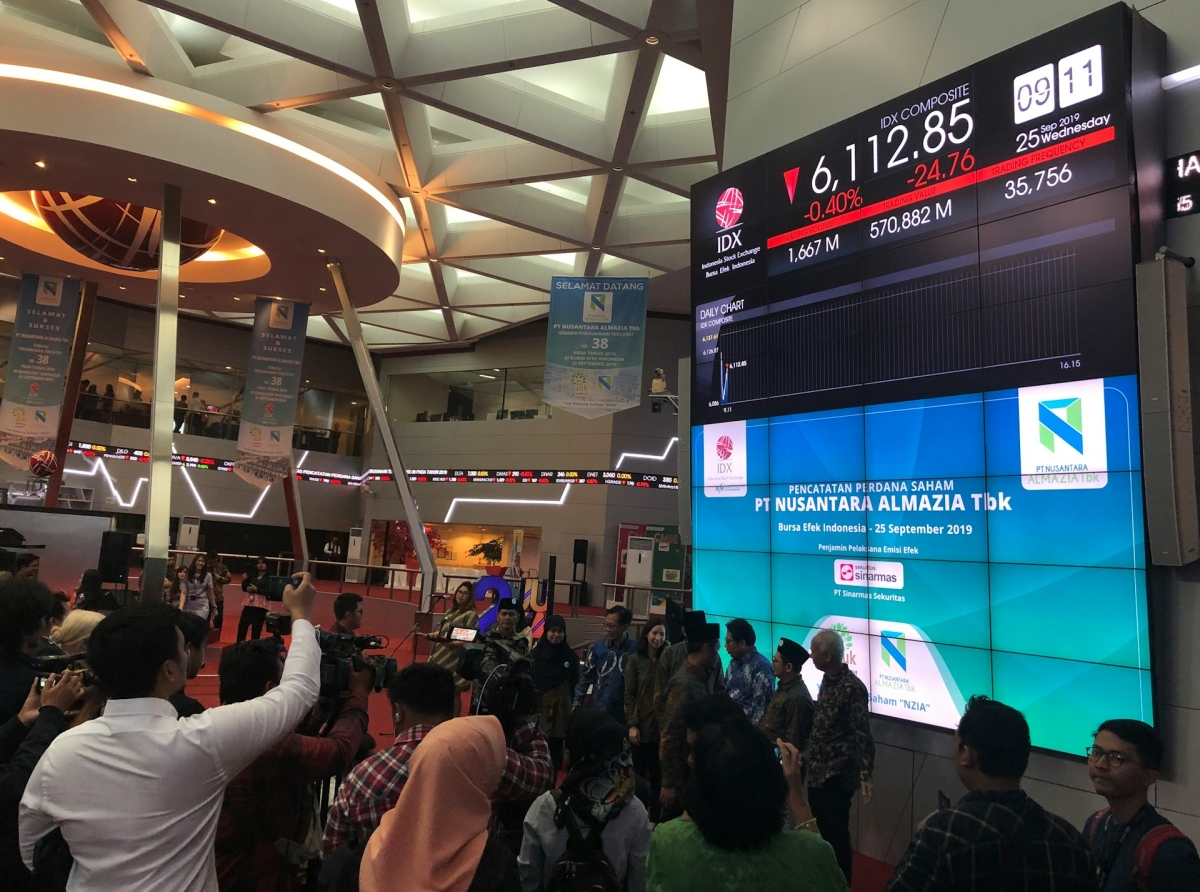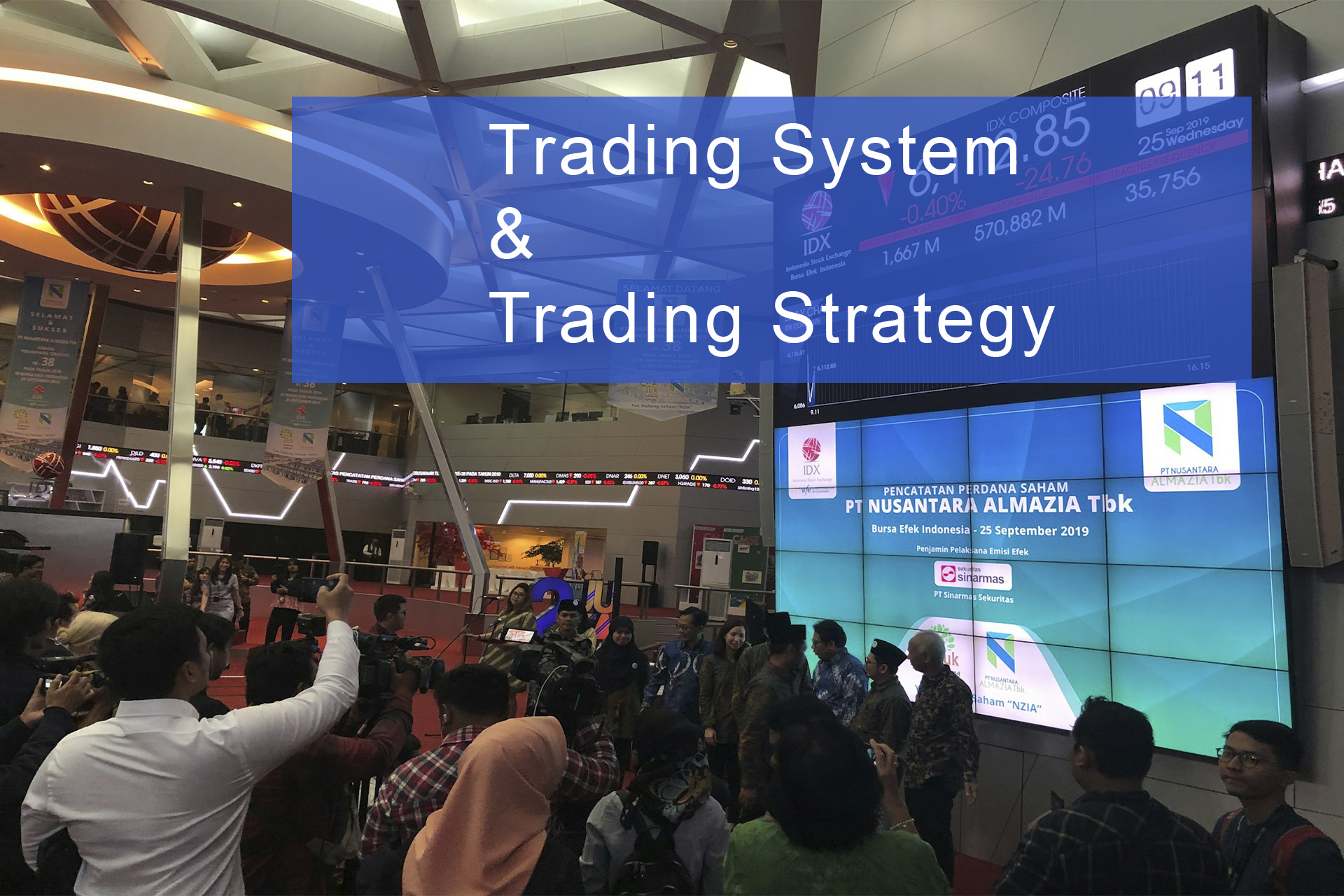The Difference Between a Trading System and a Trading Strategy

The Difference Between a Trading System and a Trading Strategy
In the world of Forex trading, traders often use the terms trading system and trading strategy interchangeably. However, these two concepts have distinct meanings and play different roles in the trading process. Understanding their differences is crucial for traders looking to develop a structured, disciplined, and profitable approach to the market.
So, what is the difference between a trading system and a trading strategy, and how do they work together? Let’s explore.
So, what is the difference between a trading system and a trading strategy, and how do they work together? Let’s explore.

The Difference Between a Trading System and a Trading Strategy
What Is a Trading Strategy?
A trading strategy is a set of rules and principles that a trader follows to make individual trading decisions. It focuses on specific market conditions and determines when to enter, manage, and exit a trade.Key Features of a Trading Strategy:
Market Conditions – Defines whether the strategy is suited for trending, ranging, or volatile markets.
Entry Rules – Specifies the conditions under which a trade is opened (e.g., technical indicators, price patterns).
Exit Rules – Determines how and when to close a trade (e.g., stop-loss, take-profit, or trailing stop).
Risk Management – Sets guidelines for position sizing, leverage, and risk-reward ratios.
Indicators & Tools – Uses specific technical indicators (e.g., moving averages, RSI, MACD) to signal trades.
Example of a Simple Trading Strategy
A trader may develop a strategy that follows these rules:
Market Condition: Suitable for trending markets.
Entry: Buy when the 50-day moving average crosses above the 200-day moving
average (Golden Cross).
Exit: Close trade when the price drops below the 50-day moving average.
Risk Management: Use a stop-loss at the last swing low and set a take-profit at twice the risk amount.
A trading strategy provides a structured approach to making decisions, but it does not cover all aspects of long-term trading success. That’s where a trading system comes in.
What Is a Trading System?
A trading system is a comprehensive framework that includes one or multiple trading strategies, risk management protocols, money management rules, and psychological discipline. It is a complete methodology for managing all aspects of trading.Key Features of a Trading System:
Multiple Strategies – Can incorporate various trading strategies for different market conditions.
Risk & Money Management – Includes detailed rules for capital allocation, leverage, risk limits, and drawdown control.
Performance Tracking – Uses a trading journal to evaluate success and refine strategies.
Trading Routine & Psychology – Helps traders stay disciplined, avoid emotional decisions, and stick to their plan.
Automated or Manual Execution – Can be manually traded or programmed as an algorithmic trading system.
Example of a Trading System
A trader’s trading system might include:
Trading Strategies: One for trending markets (e.g., moving average crossover) and one for ranging markets (e.g., Bollinger Bands).
Risk Management: Never risk more than 2% of account balance per trade.
Money Management: Adjust position size based on account equity and market volatility.
Performance Review: Track all trades in a journal and analyze mistakes.
Psychological Rules: Take a 15-minute break after consecutive losses to avoid revenge trading.
A trading system is broader than a trading strategy—it not only defines when to trade but also ensures a structured approach to risk management, emotional control, and long-term success.
How Trading Systems and Trading Strategies Work Together
A successful Forex trader does not rely solely on a trading strategy or a trading system—they use both.Develop a Trading Strategy:
Choose a market condition (trending, ranging, or volatile).
Define clear entry and exit rules.
Select indicators and tools to confirm trades
Build a Trading System:
Incorporate risk and money management rules.
Include multiple trading strategies for different market conditions.
Set guidelines for discipline and emotional control.
Track performance using a journal.
Test and Optimize:
Backtest strategies on historical data.
Adjust risk parameters based on real trading results.
Continuously refine the system based on performance.
Why Many Traders Fail Without a System
Many traders focus only on trading strategies and ignore the bigger picture—a trading system. This often leads to:Lack of discipline – Entering trades based on emotions instead of rules.
Overtrading – Taking too many trades outside of a structured plan.
Inconsistent risk management – Using different lot sizes without proper calculation.
No performance tracking – Failing to analyze past mistakes and improve.
A strong trading system helps traders stay on track, remain disciplined, and maximize long-term profitability.
Conclusion
A trading strategy is just one piece of the puzzle—it defines how and when to place trades.
However, a trading system is a complete framework that includes multiple strategies, risk management, psychology, and long-term performance tracking.
A trading strategy is about individual trades.
A trading system is about long-term success.
To succeed in Forex trading, traders must go beyond simple strategies and develop a structured, disciplined trading system that ensures consistency, proper risk management, and continuous improvement.
Forex, TradingSystem, TradingStrategy, RiskManagement, ForexSuccess
A trading strategy is just one piece of the puzzle—it defines how and when to place trades.
However, a trading system is a complete framework that includes multiple strategies, risk management, psychology, and long-term performance tracking.
A trading strategy is about individual trades.
A trading system is about long-term success.
To succeed in Forex trading, traders must go beyond simple strategies and develop a structured, disciplined trading system that ensures consistency, proper risk management, and continuous improvement.
Forex, TradingSystem, TradingStrategy, RiskManagement, ForexSuccess









Report
My comments